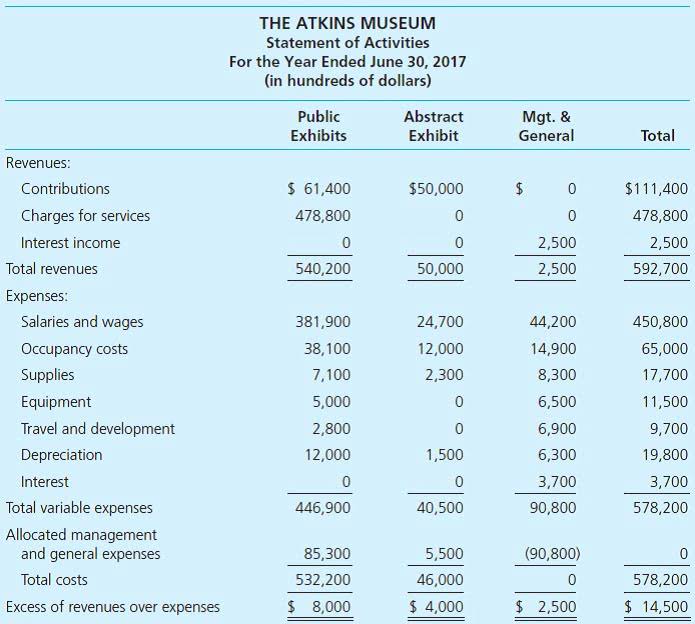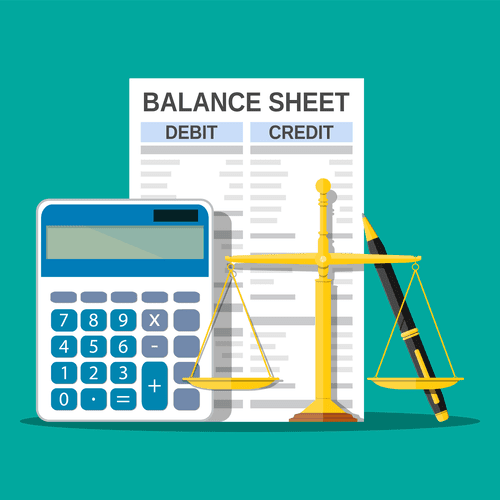
The double declining balance method differs from other common depreciation techniques, such as straight-line and units of production methods. Each method serves distinct purposes and can be chosen based on a company’s financial strategy and the nature of the assets involved. The straight-line method provides a consistent depreciation expense over the asset’s useful life, simplifying budgeting and financial planning. This method is suitable for assets that wear out evenly, like office furniture. Depreciation is the process by which you decrease the value of your assets over their useful life.
- To get a better grasp of double declining balance, spend a little time experimenting with this double declining balance calculator.
- Our intuitive software automates the busywork with powerful tools and features designed to help you simplify your financial management and make informed business decisions.
- This method is particularly useful for assets that lose value quickly, such as technology equipment or vehicles.
- It reduces taxable income in the initial years by increasing depreciation expenses.
- The VDB method is particularly beneficial for managing complex asset portfolios, where depreciation behavior may not fit neatly into a single method category.
- The double declining balance method of depreciation is just one way of doing that.
Importance of Proper Depreciation in Fixed Asset Management
Depreciation is a critical financial concept for businesses and individuals managing their assets. In Excel, understanding and applying depreciation formulas can streamline this process, offering accurate calculations and facilitating efficient financial planning. In this guide, we provide easy tips to Interior Design Bookkeeping help you master depreciation formula in Excel, enhancing your ability to handle asset valuation confidently.

Comparing DDB and Straight-Line Methods
By doubling the depreciation rate, the method accelerates the recognition of depreciation expenses, resulting in lower book values for assets on the double declining balance formula balance sheet in the initial years. First, determine the asset’s initial cost, its estimated salvage value at the end of its useful life, and its useful life span. Then, calculate the straight-line depreciation rate and double it to find the DDB rate.

Example Calculation of Double Declining Balance Depreciation
No, maintenance costs are generally accounted for retained earnings separately and are not part of the depreciation calculation. You’d need to account for any gain or loss on the sale, which would be the difference between the sale price and the asset’s book value at the time of the sale. Yes, the double declining balance method is generally accepted under GAAP (Generally Accepted Accounting Principles). The depreciation expense for each year can be found in the income statement and is subtracted from revenue to find net income.

For instance, the Straight-Line method is commonly applied to office furniture and buildings, where depreciation occurs evenly over time. Companies benefit from predictable expense allocation, assisting in consistent financial reporting. Despite this complexity, it remains a widely used method because of its balanced acceleration structure for depreciation. The DB method is particularly useful for assets like technology equipment or vehicles that rapidly depreciate.

It doesn’t directly affect cash flow but can reduce taxable income, thus potentially increasing cash on hand in the short term. Some calculators incorporate bonus depreciation, a provision allowing businesses to immediately deduct a large percentage of the purchase price of eligible assets. Accumulated depreciation is the total depreciation of the asset up to a specific time. In our example, the accumulated depreciation at the end of Year 1 would be $4,000. It’s crucial that any chosen depreciation approach not only aligns with your business’s financial tactics but also meets regulatory requirements. This ensures that the method withstands close examination and benefits the long-term prosperity of your organization.
Using the 200% Double Declining Balance Depreciation Method
- Depreciation allows a company to deduct an asset’s declining value, reducing the amount of income on which it must pay taxes.
- The expense on the 10th year is boosted to $3,422 since we know the salvage value of the car after 10 years is $10,000 and therefore, we would expense the entire remaining undepreciated amount on the 10th year.
- The Variable-Declining Balance (VDB) approach combines aspects of both the declining balance and straight-line methods.
- When your business requires cash urgently choosing to take larger deductions gives you an interest-free loan from the government.
- It is mandatory for certain types of property or taxpayers, such as property used predominantly outside the U.S. or tax-exempt entities.
But you can reduce that tax obligation by writing off more of the asset early on. As years go by and you deduct less of the asset’s value, you’ll also be making less income from the asset—so the two balance out. Every year you write off part of a depreciable asset using double declining balance, you subtract the amount you wrote off from the asset’s book value on your balance sheet. Starting off, your book value will be the cost of the asset—what you paid for the asset. Double declining balance depreciation isn’t a tongue twister invented by bored IRS employees—it’s a smart way to save money up front on business expenses. What it paid to acquire the asset — to some ultimate salvage value over a set period of years (considered the useful life of the asset).
- And if it’s your first time filing with this method, you may want to talk to an accountant to make sure you don’t make any costly mistakes.
- Accelerated depreciation methods allow businesses to expense more depreciation early in an asset’s life.
- Accumulated depreciation is a contra-asset account showing total depreciation recorded.
- It then examines the spatiotemporal evolution of the decoupling relationship between urban expansion intensity and carbon emissions from 2007 to 2022 using the Tapio decoupling index.
- Taxpayers must use ADS when required by the tax code or if they elect it voluntarily for a uniform tax treatment across property types.
What are common mistakes to avoid when calculating depreciation?
Implement our API within your platform to provide your clients with accounting services. For the past 52 years, Harold Averkamp (CPA, MBA) hasworked as an accounting supervisor, manager, consultant, university instructor, and innovator in teaching accounting online. For the past 52 years, Harold Averkamp (CPA, MBA) has worked as an accounting supervisor, manager, consultant, university instructor, and innovator in teaching accounting online. Generally accepted tax forms, such as IRS Form 4562, are used to report these deductions. For detailed tax guidelines on depreciation, the IRS website offers reliable information IRS Depreciation.
